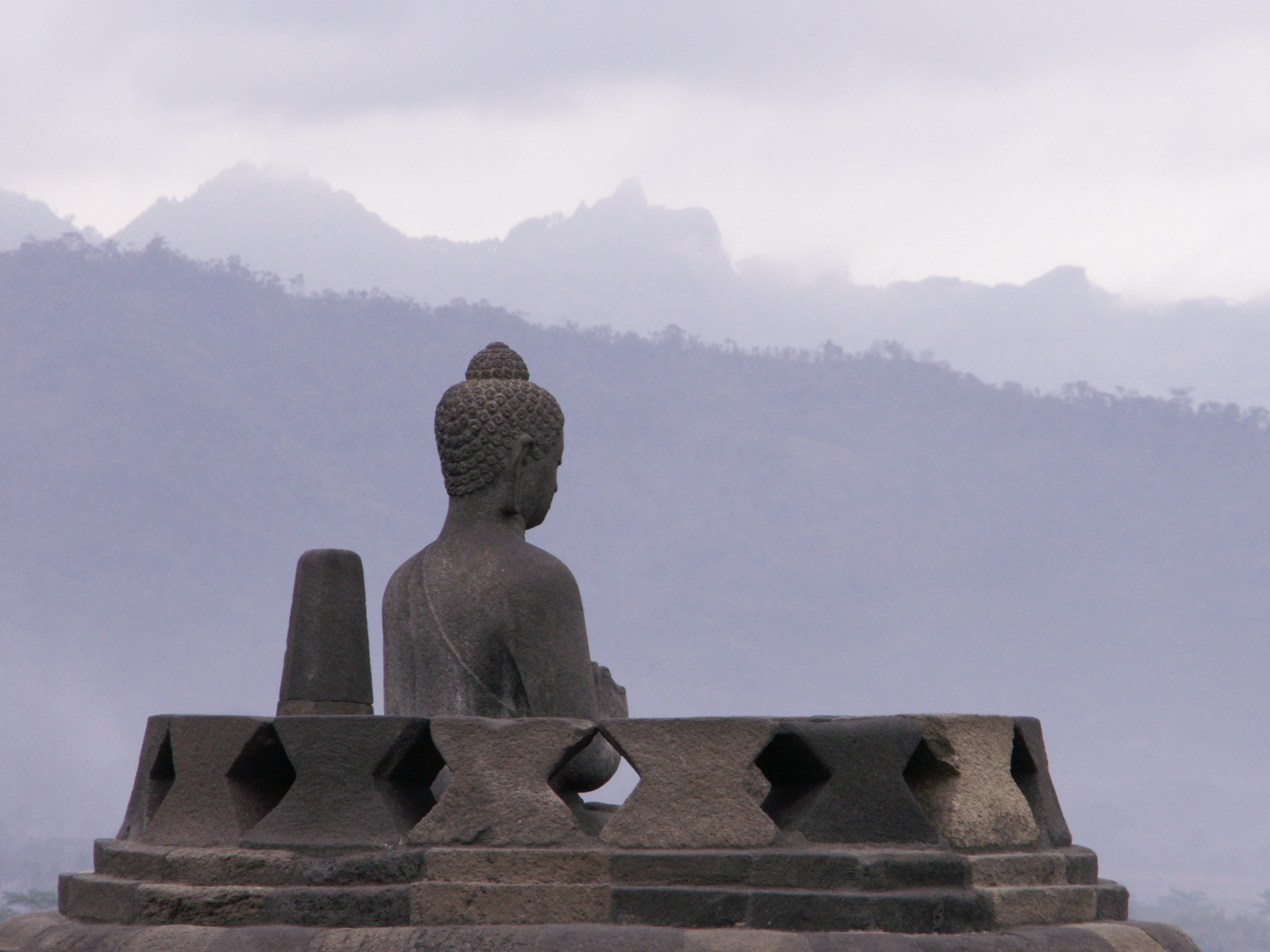
Gotama the Buddha, who lived the life of a wandering ascetic in northern India during the fifth century B.C.E., is looked to as the founder of one of the world’s major religions. One of the main sources for knowledge of his teachings is the four Nikayas or collections of his sayings.
Written in Pali, an ancient Indian language closely related to Sanskrit, the Nikayas are among the oldest Buddhist texts and consist of more than one and a half million words.
This new translation offers a selection of the Buddha’s most important sayings reflecting the full variety of material contained in the Nikayas: the central themes of the Buddha’s teaching (his biography, philosophical discourse, instruction on morality, meditation, and the spiritual life) and the range of literary style (myth, dialogue, narrative, short sayings, verse).
 Click on the links below to hear Rupert Gethin of the Centre for Buddhist Studies at the University of Bristol, who edited and translated this new collection, introduce and read from The Sayings of the Buddha.
Click on the links below to hear Rupert Gethin of the Centre for Buddhist Studies at the University of Bristol, who edited and translated this new collection, introduce and read from The Sayings of the Buddha.
Introducing The Sayings of the Buddha
- Unlike the Jewish, Christian, and Muslim traditions, there’s no single cannon of Buddhist scriptures, so where and when did the ancient Pali texts which make up The Sayings of the Buddha originate? Click here to hear Rupert Gethin discuss their origins. [4:07]
- What is the relationship between these ancient Pali texts and the Indian ascetic who lived in the fifth century BCE and who came to be known as the Buddha? Click here to learn more about the historical Buddha. [3:05]
- The texts present the Buddhist understanding of what it means to follow the spiritual path. Click here for more on the teachings of the Buddha. [1:31]

Reading the Sayings
- King Mahasudassana and the gem-treasure: in this text the Buddha describes a previous life of his in which he was a perfect mythic king. Click here to listen to Rupert Gethin read from this sutta. [3:56] And click here to hear him discuss its meaning.[2:14]
- “It occurred to me that I might take very little food…” This extract comes from one of the suttas that describes the Buddha’s own quest for awakening. To listen, click here. [5:03] And to hear why the Buddha renounced the practice of severe austerities, click here.[1:03]
- The Monkey: click here to listen to the parable of the foolish and impulsive monkey trapped by monkey lime. [4:03] And click here for the lesson which Buddhist monks drew from the tale. [1:41]
Going Further
- What exactly is a sutta? Hear Rupert Gethin discuss how the suttas function by clicking here. [3:30]
- Early Buddhism had an oral rather than a written culture. The texts make much use of repetition, both as an aid to memory for the monks and also as a way to induce a meditative state in the listener. Learn more about approaching these texts by clicking here. [7:11] And you can hear the effect of repetition in this extract from a description of the mythic city of Kusavati if you click here. [2:27]
